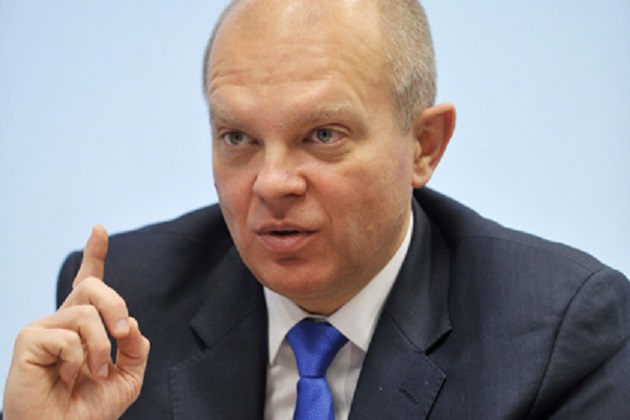The Bank of Mozambique on Friday night
announced a massive hike in its benchmark interest rates, as it struggles to
bring inflation under control, and mop up excess liquidity.A statement issued
by the Bank’s Monetary Policy Committee announced that the Standing Lending
Facility (the interest rate paid by the commercial banks to the central bank
for money borrowed on the Interbank Money Market) will rise immediately by 600
base points, from 17.25 to 23.25 per cent.This is not quite the highest rate
the central bank has ever charged. At one point in 2002 the Standing Lending
Facility reached 32.5 per cent. But it subsequently declined, reaching 7.5 per
cent in November 2014, and remaining at that level for a year. But rate rises
in October, November and December 2015 and in February, April, June and July
2016 bought the rate to 17.25 per cent. The latest rise, to 23.25 per cent will
certainly be imitated by the commercial banks, making the cost of borrowing
prohibitively high for small businesses.The Standing Deposit Facility (the rate
paid by the central bank to the commercial banks on money they deposit with it)
also rose by 600 base points from 10.25 to 16.25 per cent.
The Compulsory Reserves Coefficient –
the amount of money that the commercial banks must deposit with the Bank of
Mozambique – which had been divided into two, for local and for foreign
currency, has now been reunited, and stands at 15.5 per cent for all currencies,
For deposits in local currency, the metical, that is an increase of 250 base
points, while for deposits in foreign currency the increase is only 59 base
points.In a departure from previous practice, the central bank will now allow
each commercial bank to use the Standing Lending Facility only twice a week.Furthermore
each commercial bank must report the exchange rates it is using in transactions
with the public to the Bank of Mozambique three times a day. The central bank
will make this information immediately available to the public.
Zandamela said the metical had
continued to depreciate against the US dollar and the South African rand. At
the end of September, the average exchange rate in the commercial banks was
78.48 meticais to the US dollar, a monthly depreciation of 6.8 per cent. The
devaluation over the past year was 84.8 per cent.The metical’s slide against
the rand was considerably more serious, since so much of the food consumed in
Mozambique is imported from South Africa. The average exchange rate on the last
day of September was 5.72 meticais to the rand – a depreciation of 13 per cent
in the month and of 85.7 per cent since October 2015.The statement from the
Monetary Policy Committee said the depreciation was the result of “the shortage
of foreign currency caused by the suspension of direct support to the state
budget and the balance of payments”. In April the International Monetary Fund
(IMF), the World Bank and all the donors who once provided direct budget
support suspended further financial aid in the wake of the scandal of the
previously undisclosed government guaranteed loans to the security related
companies Proindicus and MAM (Mozambique Asset Management). Aid is likely to
remain suspended until there is an international, independent audit of these
companies.
Also contributing to the shortage of
foreign currency, the Bank added, was the reduced flow in foreign direct
investment and the slowdown in Mozambican exports “within a framework of
difficulty in financing the budget deficit, and of increased debt servicing”.These
factors, plus the military instability caused by the low level insurrection
waged by the Renamo rebels, all contributed to increased inflation. The yearly
inflation rate, calculated from the consumer price indices of the three largest
cities (Maputo, Nampula and Beira), reached 24.92 per cent by the end of
September. Zandamela warned that, by the end of the year, the inflation rate
could reach 30 per cent or higher.The public deficit was also worsening.
Budgetary execution for the first half of the year showed a slight increase in
revenue, but this was more than compensated for by the increase in public
expenditure, resulting in an increased deficit, before and after grants. The
state, Zandamela noted, “is resorting permanently to the use of Treasury
Bonds”. This use of domestic debt “shows the fiscal pressures on the funding of
public expenditure”.Zandamela put the excess liquidity in the commercial banks
at over five billion meticais – without taking into consideration the bonds
held by the banks, which could be converted into liquidity at any time. This
threatened to put further pressure on the exchange rate and on prices – thus,
the central bank’s decisions were in part intended to mop up excess liquidity.





